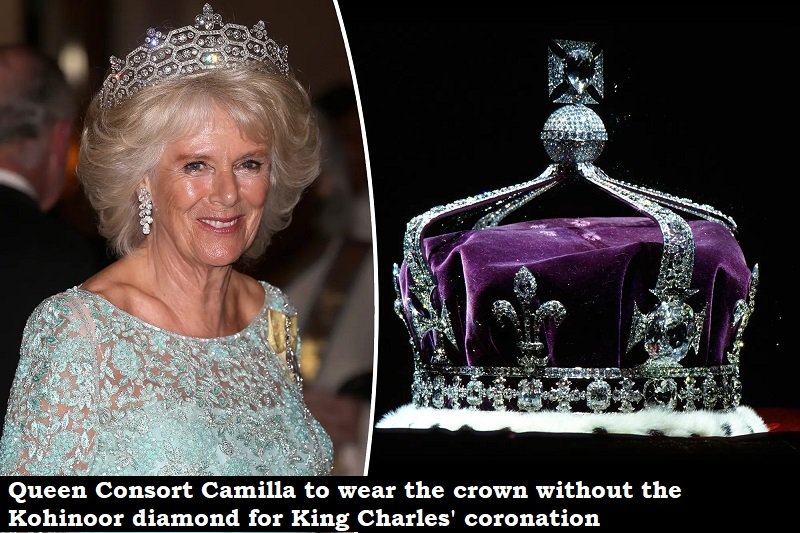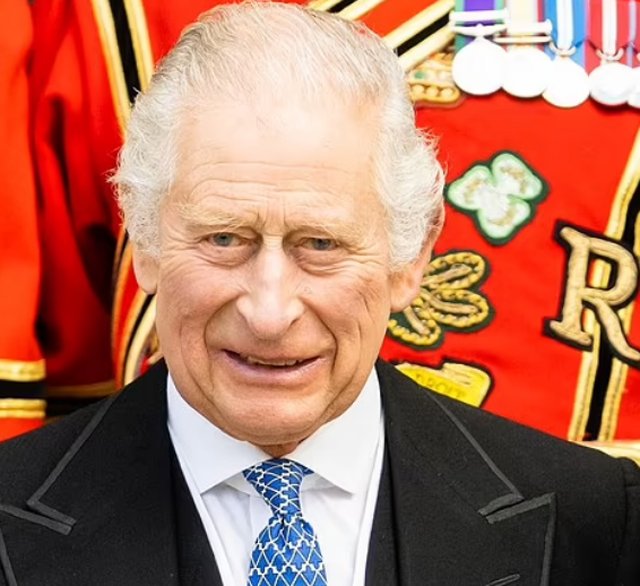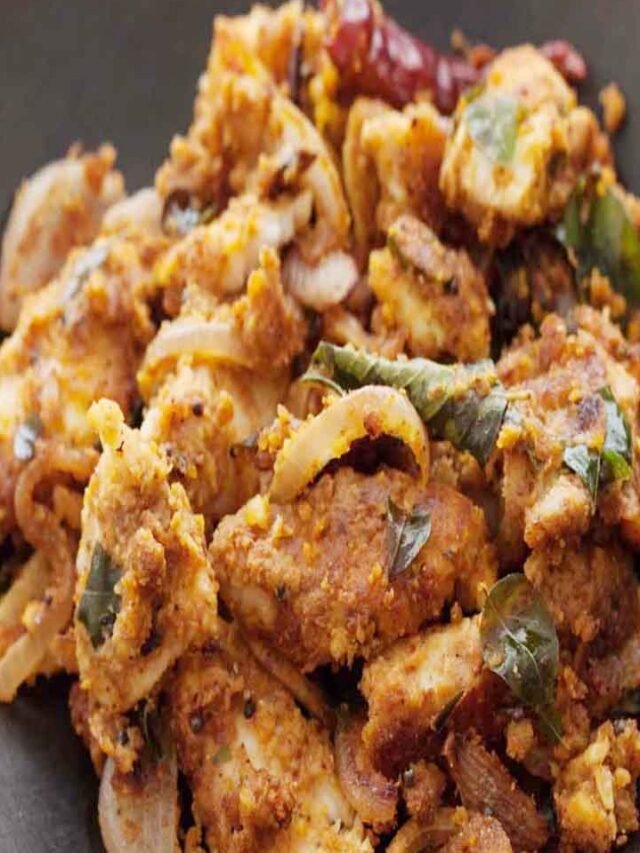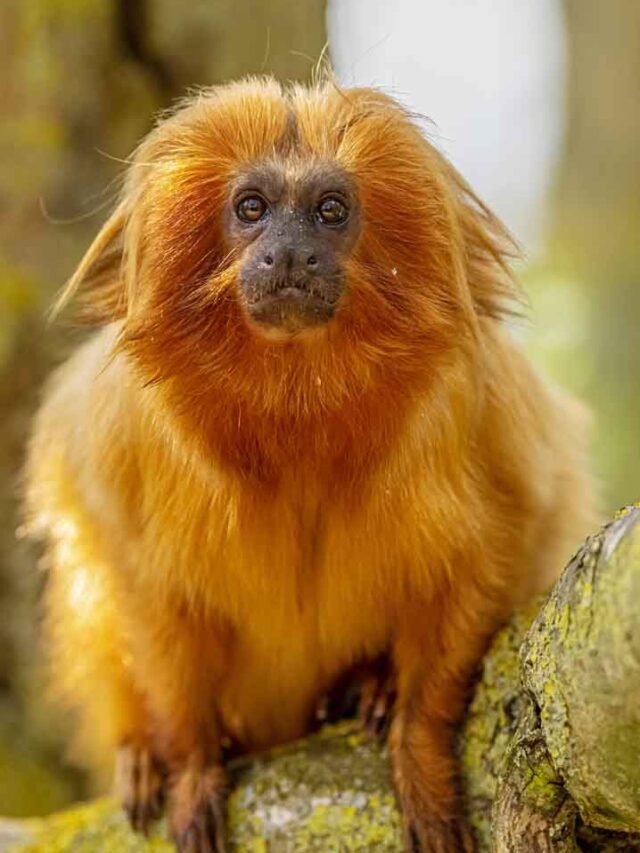LONDON, April 23 (PTI): Buckingham Palace would have been conscious about the potential for controversy around the colonial era Kohinoor diamond claimed by India and averted it becoming a side story of King Charles III and Queen Camilla’s Coronation ceremony next month, a royal expert has said.
Camilla Tominey is the Associate Editor of ‘The Daily Telegraph’ and has an inside track to the British royal family as the newspaper’s royal expert.
In an interview with PTI, she reflected upon the significance of Camilla choosing to forgo the traditional crown used for the monarch’s partner as the “consort crown” due to it being embedded with the Kohinoor – also known as Koh-i-Noor. Among the crown jewels unveiled by the palace for the Coronation ceremony on May 6, it was confirmed that Queen Mary’s Crown has been chosen by Camilla.
“I think the palace were conscious about the Koh-i-Noor perhaps being controversial and therefore have decided that they don’t want there to be a side story about the provenance of these diamonds,” said Tominey.
“Basically, [the palace have] decided to do the safe and sensible thing, to not have a separate debate about the jewels in the crown,” noted Tominey.
Earlier this month, the palace said that minor changes and additions to Queen Mary’s Crown are being undertaken, such as the inclusion of the Cullinan III, IV and V diamonds which were part of Queen Elizabeth II’s personal jewellery collection for many years. The design has been inspired by Queen Alexandra’s Crown of 1902 – which was originally encrusted with the Kohinoor, which now sits in the crown of the Queen Elizabeth the Queen Mother, the mother of Queen Elizabeth II, since 1937.
Last month, Historic Royal Palaces, the charity that manages Britain’s palaces, said that the infamous diamond will instead be part of a new Jewel House exhibition at the Tower of London classed as a “symbol of conquest” for the first time. According to its assessment, the diamond probably originated from the Golconda mines in southern India and weighs 105.6 carats. It was once much larger but was re-cut in 1852 to improve its brilliance and conform to contemporary European tastes.
Kohinoor, which means mountain of light in Persian, came into Queen Victoria’s possession from the treasury of Maharaja Ranjit Singh a few years before she was to be crowned empress of India in the wake of the 1857 Revolt and has played a starring role in British coronations of the past until its conspicuous absence in next month’s ceremony.
Camilla’s choice of Queen Mary’s Crown also marks the first instance in modern times of an existing crown being used for the Coronation of the monarch’s consort, with all past crowns being specially made for a new consort. It is among a series of departures from tradition made by Charles, 74, and Camilla, 75, in an attempt to strike a more sustainable tone that resonates with the times and also incorporate modern elements into the ceremony.
Another key modern aspect of the largely Christian religious ceremony at Westminster Abbey in London for the Coronation on May 6 are reports of the King’s plans to reflect some multi-faith elements that connect with the wider British public, as well as the Indian diaspora. According to reports, House of Lords peers of Hindu, Muslim, Jewish and Sikh faiths will carry key pieces of Coronation regalia on the day at the Abbey.
“I think the King is wanting it to be as diverse and inclusive as possible and that means it isn’t just a service that represents people of faith but also those of none, and those of different faiths. Throughout the course of his time as heir apparent he has done quite a lot on multi-faith. He’s visited different places of worship, he’s ingratiated himself with different religious communities and so it’s not really surprising that he’s decided that the Coronation should reflect that,” said Tominey.
Charles also chose a multi-faith theme for his first Christmas message as King in December 2022, referencing the work of churches, synagogues, mosques, temples and gurdwaras across the UK.












